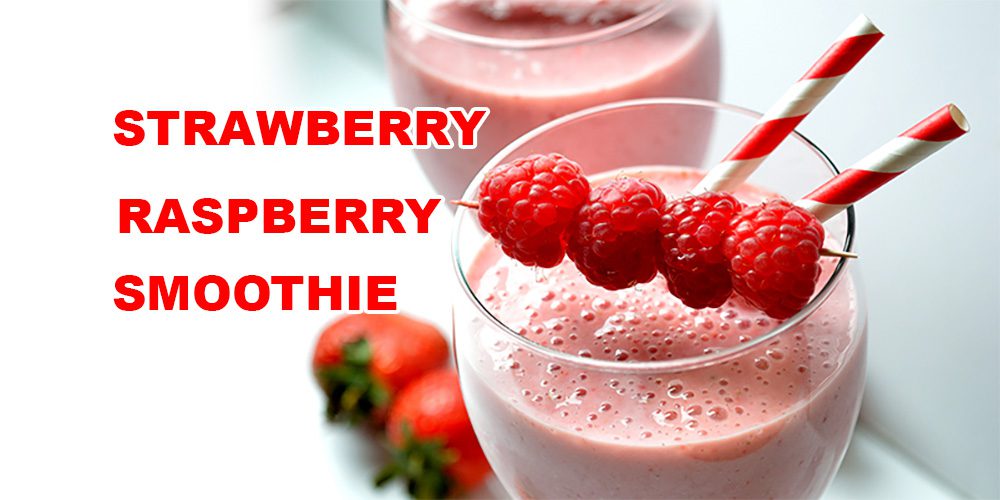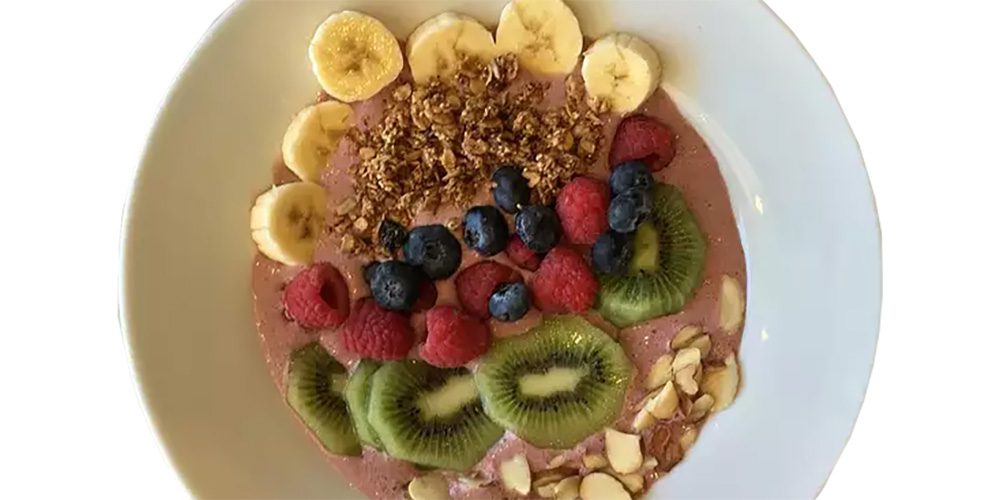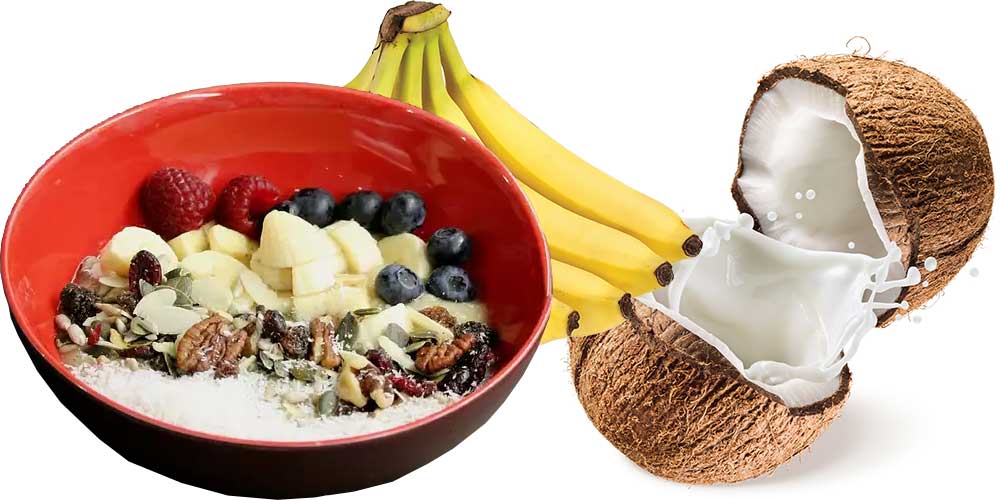How to eat the rainbow, 6 shades of nutrients. We all know fruits and vegetables do our bodies good. Still, healthy eating is a challenge for a lot of us. And if you’ve been at home the past few months because of the coronavirus, grabbing some Halloween candy from the cabinet instead of a baby carrot from the fridge may be much more appealing.
But creating and maintaining healthy eating habits is important – especially now. “Studies show that eating a variety of fruits and vegetables boosts your immune system,” says Kathy Stanislawski, registered dietitian at St. Alexius Medical Center in Hoffman Estates, IL.
They have lots of other benefits too, Stanislawski said. Eating fruits and veggies “adds texture and appeal to your plate, fills you up with fiber for a healthy digestive system, and provides little calories.” They’re also rich in vitamins and minerals.
Different colors of fruits and vegetables have specific health benefits. By including a variety of them on your plate – called “eating the rainbow” – you can make sure you’re getting the illness-fighting nutrients you need to help your body function at its best.
Red
Fruits and vegetables rich in red color contain the antioxidants lycopene and ellagic acid. Antioxidants help protect your body’s cells from the free radicals that play a role in the development of heart disease, diabetes and even cancer. Tomatoes, red peppers, red apples, cherries and strawberries are just a handful of the foods you can eat to get these disease-fighting benefits.
Orange
We all need Vitamin C. Orange-colored fruit is packed with it, as well as carotenoids, including beta-carotene. Your body converts beta-carotene into vitamin A, which promotes healthy vision. Orange is also the color of many citrus fruits, which can help increase your blood flow and reduce your risk of having a stroke. And don’t forget to indulge in pumpkin, sweet potatoes or carrots. You can find these benefits in peaches, cantaloupe and, well, oranges, too.Green
We’ve all heard how important “leafy greens” are to our diet. That’s because they’re some of the healthiest foods we can put in our mouths. The benefits are many: They have vitamin K, which is essential for our blood and bone health. They’re packed full of antioxidants and folates. Kale alone has as much calcium as milk. Broccoli boosts your immune system and helps block cancer-causing properties. Other greens you can add to your diet include cucumbers, spinach, grapes, avocados and edamame.Blue
Help lower your blood pressure naturally by helping yourself to some blue-colored foods. Did we mention that these foods have anti-aging properties? Grab a handful of blueberries and help slow the march of time on your body. Other blue-colored foods to add to your plate include the deceptively named blackberries, which actually are a dark blue shade, and some you might not realize come in the color blue, such as corn, potatoes and carrots.
Yellow
Eating the yellow part of the fruit and vegetable rainbow gives you many of the same benefits as eating foods that fall under the orange layer – vitamin C and carotenoids. Brighten up your plate with some sweet corn, yellow bell peppers, pineapple, squash or lemons.
Purple
They’re at the bottom of the rainbow, but that doesn’t mean they’re less important. Purple fruits and vegetables share similar benefits to blue-colored foods: Both groups have anthocyanins, which are strong antioxidants that help protect our cells from damage and, like their red-colored friends at the top of the rainbow, help reduce our risk of cancer, stroke and heart disease. Plums, prunes and grapes are some purple-colored fruits. Going the veggie route, you can pick from purple cabbage, radishes and eggplant, among other options.





